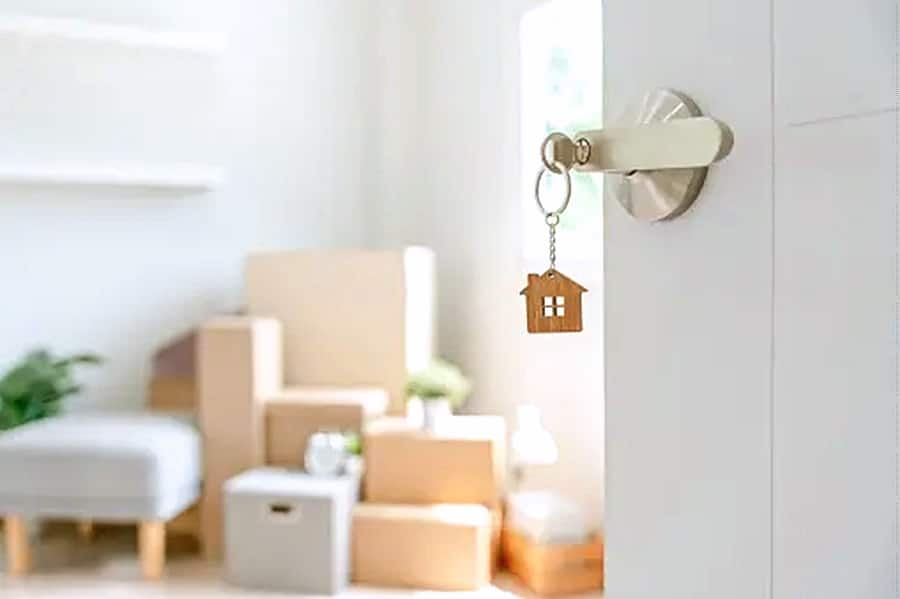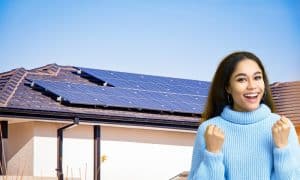Australia, with its diverse and often extreme climates, presents challenges and opportunities for comfortable living. Soaring summer temperatures and chilly winter nights call for innovative solutions to ensure year-round thermal comfort without relying solely on energy-guzzling air conditioners and heaters. This is where passive solar design comes in, offering a sustainable and cost-effective approach to creating homes that are naturally warm in winter and cool in summer.
What is passive solar design?
Passive solar design is all about utilising the sun’s natural energy to regulate the temperature within a building. It’s not about installing solar panels, but rather strategically incorporating architectural elements to maximise solar heat gain in winter and minimise it in summer. This is achieved through a combination of key principles:
- Orientation: Ideally, a passive solar house should be positioned with its north-facing façade capturing the winter sun’s warmth. Living areas and bedrooms are typically placed on this side, while garages and laundry rooms are relegated to the south.
- Thermal mass: Materials like concrete, brick, and stone absorb and store heat from the sun during the day, releasing it gradually at night to maintain comfortable temperatures. These materials, such as floors and internal walls, are strategically incorporated into the building’s structure.
- Insulation: Proper insulation throughout the building envelope, including walls, roof, and floor, prevents heat loss in winter and unwanted heat gain in summer.
- Glazing: Windows play a crucial role in passive solar design. Large north-facing windows allow winter sun to penetrate deep into the living spaces, while smaller south-facing windows minimise unwanted heat gain. Strategic shading elements like eaves, pergolas, and awnings further regulate solar heat intake throughout the year.
- Ventilation: Natural ventilation is crucial for removing excess heat and moisture in summer. Cross-ventilation, achieved through strategically placed windows and doors, allows cool breezes to flow through the house.
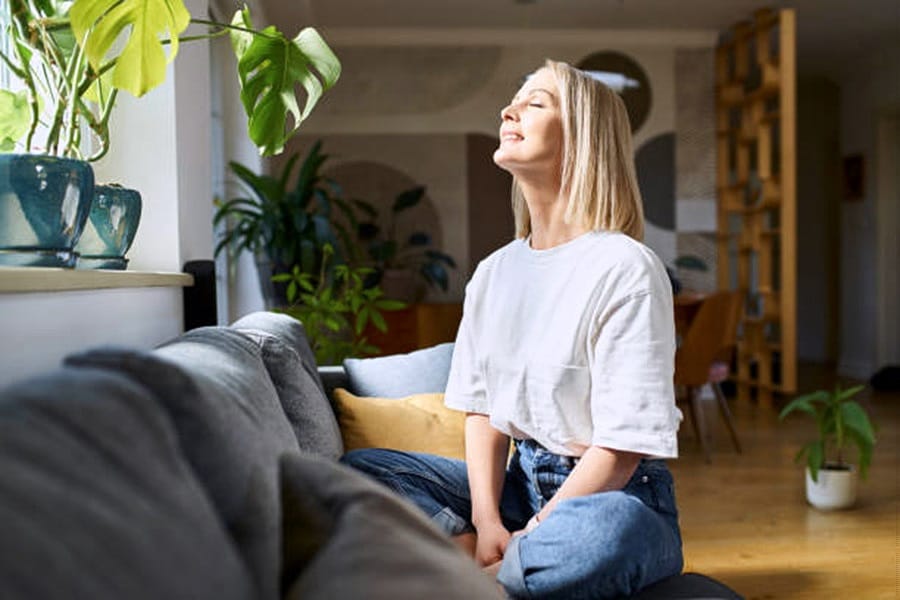
Types of passive solar design houses in Australia
Several passive solar house designs are well-suited for the Australian climate:
Clerestory windows: These high windows allow sunlight to penetrate the interior, maximising winter heat gain.
Trombe walls: These south-facing walls incorporate a black heat-absorbing surface and a glass or polycarbonate layer, creating a natural solar collector that warms the interior.
Sunrooms: These enclosed spaces act as buffer zones, absorbing heat gain in winter and releasing it into the main living area.
Earthships: Built with natural and upcycled materials like earth-packed tyres, aluminium cans, and glass bottles, they blend seamlessly into their surroundings. These recycled elements, stacked and compressed, create the home’s sturdy walls and provide exceptional thermal mass, naturally regulating temperature without relying on conventional heating or cooling systems.
They’re designed to be as independent as possible, harvesting rainwater, treating wastewater for irrigation, and generating renewable energy through solar panels, battery storage and wind turbines. This self-sufficiency minimises environmental impact and empowers residents to live off-grid if desired.
Power your home with the sunshine above and the wind at your back! Ditch the grid or off-grid and embrace clean energy independence with a customised solar + wind + battery storage system.
Energy Matters connects you with 3 FREE solar quotes from local, vetted installers, ensuring you get the perfect fit and the best price. Click today and unlock the future of energy!
Read more about battery storage and wind turbines:
- Solar Battery Storage Systems – A Complete Guide
- Energy Storage – Home Solar Battery Systems
- Solar Battery Buying Guide: How to Make the Right Decision
- How A Wind Turbine Works
- Wind Power: Is It Right For You?
- Wind Turbines Information
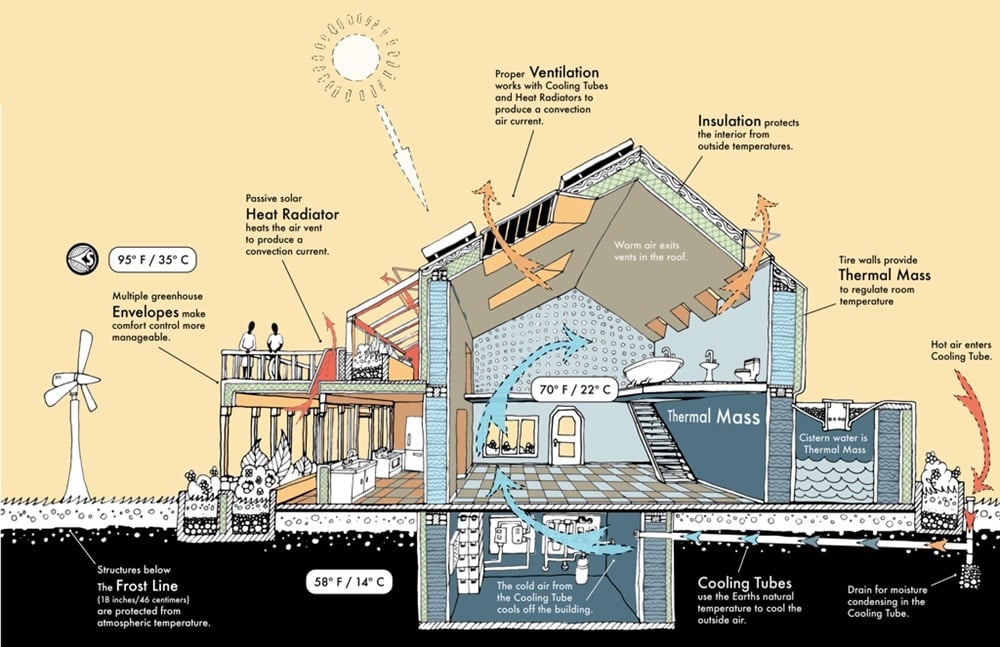
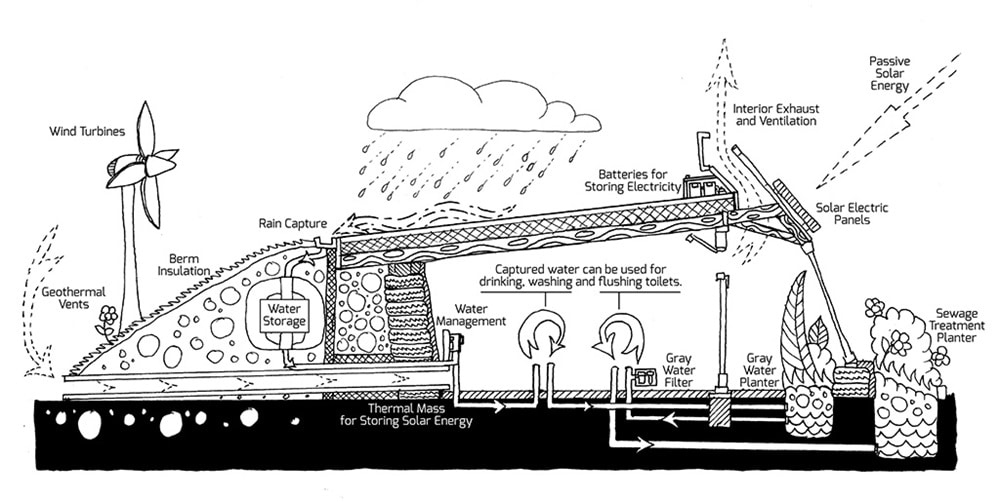
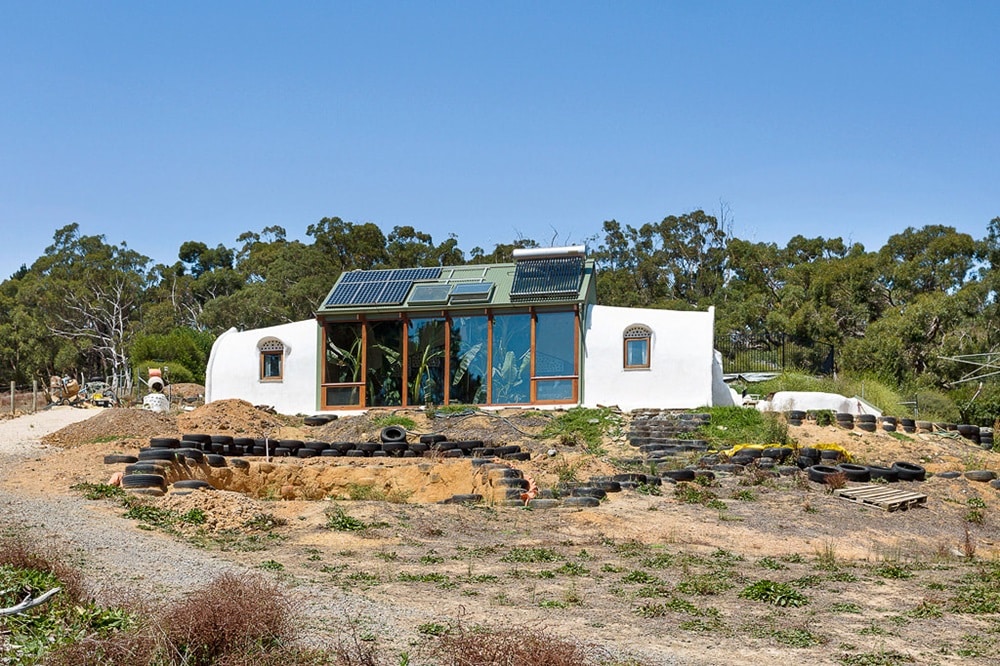
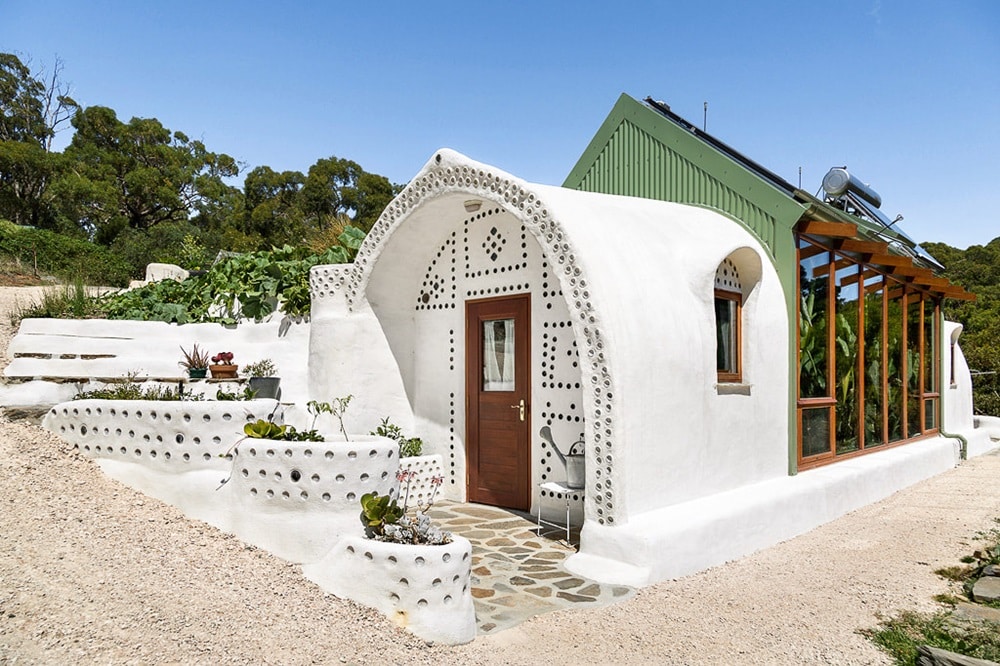
Images: Earthships Ironbank – It is a bed and breakfast (a type of lodging for tourists). A semi-rural area in the City of Onkaparing, approximately 30 to 40 minutes drive south-east of Adelaide, South Australia.
Benefits of passive solar design
The advantages of incorporating passive solar principles into your Australian home are numerous:
- Reduced energy consumption: By minimising reliance on air conditioning and heating, passive solar homes can significantly reduce energy bills, saving money and contributing to environmental sustainability.
- Improved thermal comfort: Passive solar design creates a more comfortable living environment with consistent temperatures year-round, reducing the need for artificial climate control.
- Enhanced indoor air quality: Proper ventilation in passive solar homes promotes natural air circulation, leading to better indoor air quality and improved health for occupants.
- Increased property value: Homes designed with passive solar principles appeal more to buyers due to their energy efficiency and comfortable living environment, potentially boosting resale value.
Considerations for passive solar design
While passive solar design offers significant benefits, it’s crucial to consider certain factors for optimal performance:
- Climate zone: Australia’s diverse climate zones require tailoring passive solar design strategies to specific regions. For instance, maximising winter sun exposure is paramount in cooler southern states like Victoria and Tasmania. Conversely, prioritising summer shading and cross-ventilation is essential in hotter northern regions like Queensland and the Northern Territory.
- Site orientation: Not all sites are ideal for passive solar design. Less north-facing exposure or overshadowing by trees or buildings can hinder its effectiveness.
- Budget: While passive solar design principles can be incorporated into various budgets, features like high-performance windows or thermal mass materials may involve additional costs.
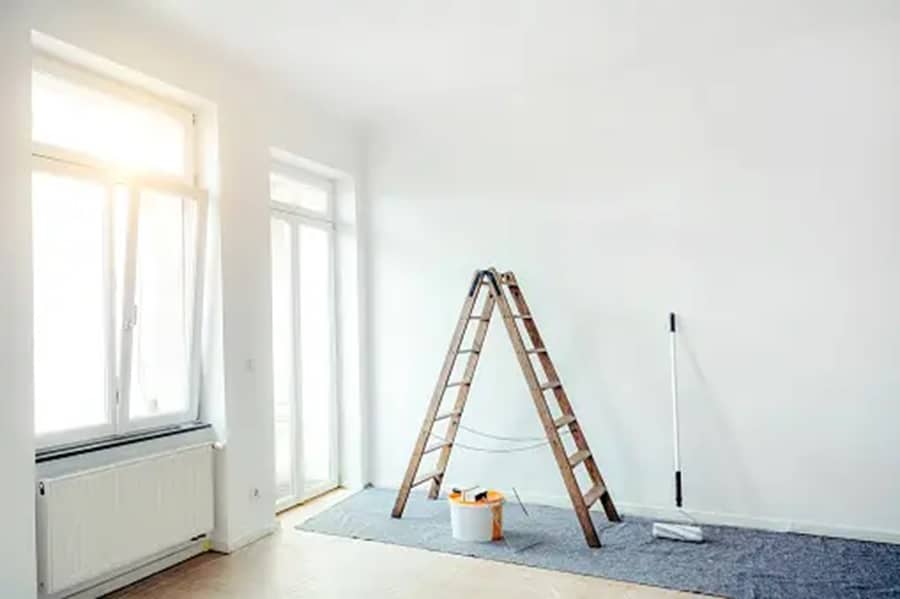
Seeking professional help
Consulting with an architect or building designer experienced in passive solar design is highly recommended to ensure your home is optimised for thermal comfort and energy efficiency. They can help you develop a design that integrates passive solar principles with your desired style and budget.
Investing in your future
Building a solar passive house may require an initial investment in design and construction, but the long-term benefits far outweigh the initial costs. With reduced energy bills, improved comfort, and a positive impact on the environment, solar passive house design is an investment in your future and the future of our planet.
Passive solar design is not just a trend; it’s a smart approach to creating comfortable, sustainable, and cost-effective homes in Australia’s diverse climate. So, if you’re planning to build or renovate your home in Australia, consider incorporating passive solar design principles to unlock benefits for yourself and the environment.
Going solar
Are you looking to save money on your electricity bills and reduce your carbon footprint? Solar energy is the perfect solution! Energy Matters can help you get up to 3 FREE solar quotes from pre-qualified and vetted solar firms in your area.
Energy Matters has been a leader in the renewable energy industry since 2005 and has helped over 40,000 Australian households in their journey to energy independence. With Energy Matters, you can be sure you’re getting the best possible deal on solar energy. We only work with reputable solar firms with a proven track record of delivering high-quality solar systems.











